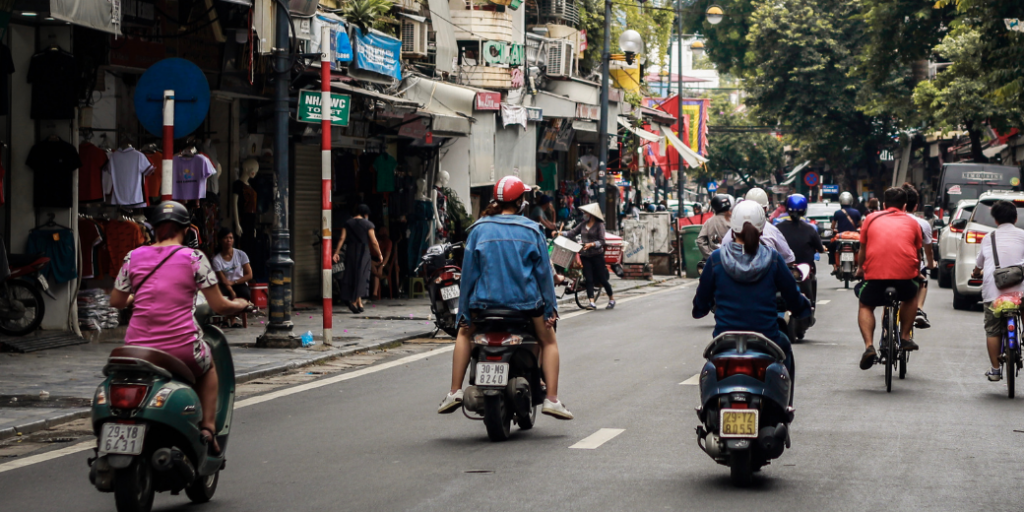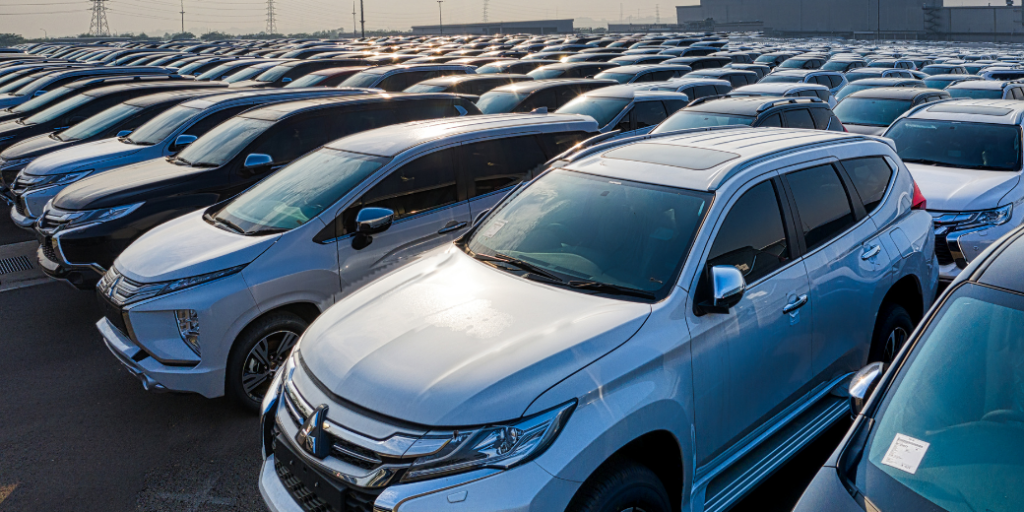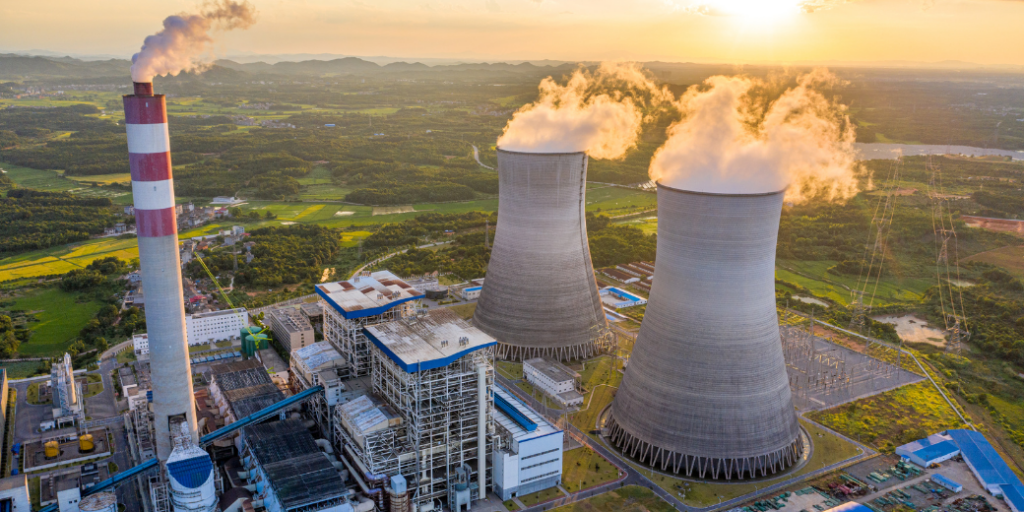Industry Reports
Electricity – Renewable Energy in ASEAN

Summary
While Vietnam excels in renewable energy, Indonesia and Thailand continue to rely on conventional sources, facing hurdles in their clean energy transition.
Southeast Asia’s Renewable Energy Growth Varies, with Vietnam and Singapore Leading, While Indonesia and Thailand Struggle with Conventional Reliance
Southeast Asia’s renewable energy market shows varying progress across countries, reflecting both significant opportunities and persistent challenges. Indonesia faces slow growth due to high costs and weak government support, despite ambitious targets to reach 23% renewables by 2025. Hydropower dominates, while solar and wind remain underdeveloped. Malaysia relies heavily on hydropower, which accounted for 89% of its renewable energy in 2022, but solar is poised to drive future expansion. Large state-owned entities, like Sarawak Energy, lead the sector, with new opportunities emerging from the lifting of renewable export restrictions. In Singapore, solar power is the primary renewable source, accounting for 57% of capacity in 2022, with government initiatives and partnerships spurring rapid growth. Despite space limitations, Singapore is exploring renewable imports to bolster its capacity. Thailand has a diverse renewable mix, led by biomass, but conventional fuels like natural gas still dominate. Small power producers are key to driving growth, though scaling wind and solar has been slow. Vietnam has seen remarkable growth in solar and wind, driven by favourable feed-in tariffs (FiTs) and government backing, yet coal remains the largest source of electricity. Vietnam’s renewable sector is highly fragmented, with both local and international players active, though infrastructure challenges and curtailment risks hinder further growth.
Overall, while countries like Vietnam have made significant strides in solar and wind, Indonesia and Thailand still rely heavily on conventional energy sources. Across the region, policy support, private sector involvement, and improved infrastructure are essential to achieving more consistent and accelerated growth in renewable energy.
Global Renewable Energy Growth Accelerates, Led by Solar and Wind, but Challenges in Infrastructure and Funding Persist
Global renewable energy has expanded significantly due to the energy transition from fossil fuels to cleaner sources, driven by favourable regulations and incentives for carbon neutrality. Hydropower remains the largest contributor to renewable energy, but solar and wind have shown the fastest growth, supported by declining costs. Renewable energy generation is rising, but challenges like regulatory delays, decommissioning of non-renewable energy plants, and inadequate funding hinder further expansion. The intermittent nature of renewable energy supply also poses risks to consistent energy delivery, requiring investment in grid upgrades and energy storage.
Renewable energy generation grew at a CAGR of 6% from 2014–23, with solar and wind leading capacity additions. Solar power alone accounted for 75% of the 510 GW of new RE capacity in 2023. Hydropower’s contribution has declined due to high capital costs and environmental concerns. By 2028, global RE capacity is projected to reach 7,300 GW, with wind and solar dominating future growth. Falling levelised costs of energy (LCOE) for solar and wind make these sources increasingly competitive, supporting rapid expansion, especially in Asia-Pacific and China.
The renewable energy market is fragmented, with both large and small players expanding capacity. M&As have surged as companies seek to diversify their portfolios. Orsted, for example, acquired a major solar project in 2024 to strengthen its US presence. However, revenue volatility remains an issue for many renewable players, as prices fluctuate with market conditions. Despite these challenges, investments continue to rise, with some companies, like Orsted, planning significant capacity additions by 2030.
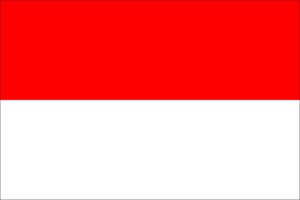 Indonesia
Indonesia
Faces Challenges in Renewable Energy Growth Despite Ambitious Targets and Untapped Potential.
Indonesia’s renewable energy generation is limited by high costs and weak government support, despite a commitment to achieving net zero emissions by 2060. In 2022, only 20% of the country’s total electricity generation came from renewable sources, primarily due to the availability of cheap coal. However, government targets aim for a 23% share of renewables by 2025, driven by growing electricity demand and untapped renewable potential.
Indonesia’s renewable energy capacity has grown at a CAGR of around 5% from 2013–22, with hydro energy consistently dominating the mix, contributing over half of the capacity. Geothermal and bioenergy follow as significant contributors, while solar and wind energy lag behind. Despite government targets for expanding solar capacity, high costs and lack of incentives for wind and solar development have limited their growth.
State-owned Perusahaan Listrik Negara (PLN)holds a monopoly in the power sector, controlling around 69% of the country’s total generation capacity. PLN’s Business Plan for 2021–2030 aims to prioritise renewable energy sources in line with the country’s carbon neutrality goals. Among private players, Sky Energy Indonesia and Terregra Asia Energy stand out, with the former focusing on solar power solutions and the latter on hydropower projects, contributing to the country’s energy transition efforts.
 Malaysia
Malaysia
Renewable Energy Growth Slows as Hydropower Dominates, but Solar is Poised to Lead Future Expansion
In 2022, renewable energy accounted for around 20% of Malaysia’s electricity generation, with hydropower dominating at 89%. Malaysia ranks third in ASEAN renewable energy production, behind Vietnam and Indonesia. While hydropower has been the mainstay, solar power is expected to drive future capacity growth due to the country’s significant solar potential.
Renewable energy generation in Malaysia grew at a CAGR of 13% from 2012–22, largely driven by hydropower. However, growth slowed to 5% from 2017–22 due to high reserve margins, which discourage additional capacity to avoid overproduction. Hydropower remains the dominant source, although solar energy is poised to take a more prominent role in Malaysia’s energy mix. Lifting the renewable energy export ban opens opportunities to expand capacity to meet regional demand.
Sarawak Energyleads Malaysia’s renewable energy generation, contributing 67% of the country’s total renewable output in 2021, with 77% of its energy mix derived from renewable sources, primarily hydropower. Other state-owned players, such as Tenaga Nasional and Sabah Electricity, also contribute, although to a lesser extent. Malaysia’s renewable energy sector is primarily driven by large state-owned entities, with Sarawak Energy focusing on expanding its reach beyond Sarawak, including projects in Indonesia and planned electricity exports to Sabah.
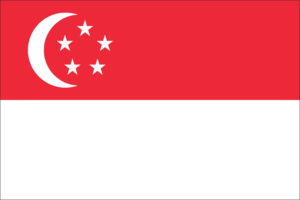 Singapore
Singapore
Renewable Energy Growth Driven by Solar Power, Despite Space Constraints and Limited Natural Resources
Singapore’s renewable energy industry remains small, contributing only around 1% of the country’s total primary energy consumption in 2022. The sector is dominated by solar power and waste-to-energy (WTE) plants, with the government playing a key role in fostering growth through initiatives like the SolarNova programme. Despite space constraints and limited natural resources, Singapore has seen significant growth in solar photovoltaic (PV) installations, primarily driven by public-private partnerships (PPPs) and government support.
The growth of solar power in Singapore has been rapid, with a CAGR of 55% from 2012–2022. Solar energy now accounts for approximately 57% of the country’s renewable capacity. This expansion is due in large part to innovative government policies aimed at increasing solar deployment, such as solar leasing agreements that allow private sector participation without large upfront costs. Singapore is also exploring renewable energy importation to overcome its geographic limitations.
The renewable energy sector in Singapore has attracted both local and foreign firms. Keppel Seghers operates two of the country’s four WTE plants, while Sunseap Group has pioneered solar leasing and retail services. Sembcorp Industries and other major players are actively involved in expanding renewable energy infrastructure, including solar farms and waste-to-energy facilities. The government’s focus on solar energy, supported by strong private sector involvement, continues to drive the industry forward.
 Thailand
Thailand
Renewable Energy Growth Driven by Biomass and Private Producers, But Reliance on Conventional Fuels Persists
The country’s renewable energy mix, comprising 14% of total generation in 2020, lags behind most ASEAN-6 peers. Biomass is the largest renewable energy source, accounting for 29% of renewable capacity, followed by solar (25%) and large hydro (24%). Thailand’s renewable energy growth is driven by small and very small power producers (SPPs and VSPPs), incentivised through a feed-in tariff (FiT) scheme, though the FiT is less competitive than in neighbouring Vietnam. Thailand’s power sector operates under a single-buyer model, where the state-owned Electricity Generating Authority of Thailand (EGAT)controls power generation, transmission, and distribution.
Between 2010–22, Thailand’s renewable power generation tripled, with a CAGR of 10%. Biomass remains the dominant renewable source, but wind, large hydro, and municipal solid waste (MSW) have experienced the fastest growth. Despite this expansion, conventional fuels, particularly natural gas, still make up 70% of the country’s power generation, though their share has declined from 72% in 2010 to 53% in 2022. The reliance on private power producers and imported electricity has also increased, with SPPs showing the most growth in installed capacity.
Thailand’s power industry is fragmented, with both traditional power producers and companies from various sectors entering renewables. Key players include multi-type firms like Gulf Energy Development, Ratch Group, and B.Grimm Power, alongside pure-play renewable producers like Energy Absolute and Super Energy. State-owned EGAT remains a dominant player, especially in large hydro. Many companies have also expanded operations abroad, particularly in countries such as Laos, Japan, and Australia, due to favourable renewable energy policies.
 Vietnam
Vietnam
Renewable Energy Soars with Solar and Wind Growth, but Coal and Infrastructure Challenges Remain
Vietnam’s renewable energy potential is substantial due to its geographic advantages, particularly for solar and wind. In 2022, coal accounted for 33% of installed capacity, with large hydro and solar following at 29% and 24%, respectively. Despite high growth in solar and wind, coal and natural gas are expected to remain dominant. The renewable energy sector is highly fragmented, attracting both local and foreign players driven by attractive feed-in tariffs (FiTs), though challenges like curtailment risks and weak infrastructure persist.
The solar and wind sectors have grown rapidly, spurred by government support through the FiT scheme and strong electricity demand. Solar capacity surged with a 647% CAGR from 2016–20. However, wind has grown at a slower pace due to a less favourable FiT. Vietnam’s renewable energy generation increased by 22% year-on-year in 2022, while the share of hydro has trended downward as most of the country’s rivers have been tapped. Despite challenges, further growth in solar and wind is projected, with the government aiming to double renewable capacity by 2030.
Vietnam’s solar and wind industries are highly fragmented, with many private players entering the market. Key domestic players, such as Trung Nam Group and Xuan Thien Group, have developed significant solar projects, while international players like B.Grimmhave entered through joint ventures. In contrast, the hydro sector remains concentrated and government-controlled, with Electricity of Vietnam (EVN) dominating. Curtailment issues and infrastructure limitations remain significant challenges for solar and wind developers.
Unlock Industry Insights in Minutes with Speeda: Your All-in-One to Comprehensive Market Intelligence.
Elevate your research with Speeda, where understanding an industry can take as little as five minutes. With access to over 560 industries and data from more than 10 million companies, Speeda offers industry reports, expert opinions, and trend analysis, empowering you to stay ahead in the ever-changing market landscape. Whether you’re conducting due diligence or preparing strategic plans, Speeda simplifies the process, giving you the insights you need, fast.
Ready to unlock the full potential of your research? Schedule a free call with the Speeda team today to learn more about how we can help transform your approach to market intelligence.













